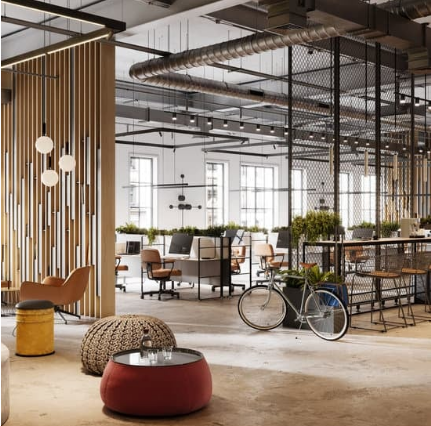Architecture is an integral part of our surroundings, whether we consciously acknowledge its significance or not. When we venture to new places, we often encounter distinctive and evolving architectural trends. Our homes are crafted to provide comfort and a sense of belonging, while downtown office buildings aim to attract tourists and foster business growth in the area.
Unbeknownst to many, we are immersed in a world of remarkable and artistic architecture. It is crucial to recognize emerging trends that will spearhead evolution and reshape the appearance of our cities.
We asked the expert architects in Idaho, to give us insights on emerging architectural trends.
Emerging Architectural Trends In Cities

Consciousness of the Environment
In recent times, people have become increasingly concerned about the environment. They aspire for architecture that not only blends with the natural surroundings but also harmonizes with nature instead of opposing it.
Climate change poses a significant challenge to society, and the architecture we employ must address this issue. For instance, certain European countries now enforce guidelines that mandate homes built after 2020 consume nearly zero energy. The focus is on adopting green practices and incorporating sustainability into architectural endeavors.
Furthermore, even the building techniques are undergoing transformation. The aim is to minimize energy consumption as much as possible. Modern buildings often integrate features such as energy-efficient appliances, water-saving systems, and improved insulation. Such practices are expected to become more prevalent in the future.
Recycling and Reusing
The principles of recycling and reusing are gaining traction in architectural endeavors. Construction and demolition activities currently account for a significant portion of solid waste in developed nations, depleting our finite resources at an alarming rate.
Traditionally, construction followed a linear model, where products were manufactured, used, and subsequently discarded or demolished. This approach led to substantial energy consumption and wastage during the construction of new homes or buildings.
However, many manufacturers are now embracing change. They are utilizing recycled materials for coatings, finishes, and even insulation panels made from crushed cork waste. By combining old and new materials, they are reducing energy consumption and preserving natural resources.
Renovations Rather Than Demolition
In the past, old or unused buildings were often demolished and replaced with new structures. However, adopting a mindset of transformation and preservation is essential for environmentally friendly practices. Instead of demolition, renovating older buildings is a more sustainable choice.
Despite society’s inclination towards destruction, we can achieve remarkable results by updating and repurposing older buildings and rooms. Engaging the services of a competent contractor will ensure that any space can be transformed according to your desires while benefiting the environment.
Using Local Materials
Another emerging trend in architecture is the utilization of local materials. This approach encourages innovation and supports the local economy. Incorporating local materials into the design process ensures the creation of unique structures.
Local suppliers offer a surprising array of materials that can be used. Additionally, sourcing materials locally reduces waiting times and minimizes the environmental impact associated with long-distance shipping. Moreover, local suppliers appreciate the exposure gained from having their work showcased in the area and may offer discounts or help generate business.
Buyers also appreciate the environmentally conscious approach of using local materials when constructing a home or office. They value builders who prioritize sustainability and collaborate with local suppliers, rather than relying on impersonal brands. Consequently, some buyers may be willing to pay a premium for a final product that aligns with their values, benefiting both the builder and the local economy.
In conclusion, the world of architecture is witnessing the emergence of various trends that are likely to endure for a considerable period. These trends are already taking root and will shape the future of architecture, presenting unique and awe-inspiring displays. As these trends continue to evolve, the stage will be set for the next generation of architectural marvels.
Other posts you might enjoy:
10 CNC Applications In Home Design and Architecture





